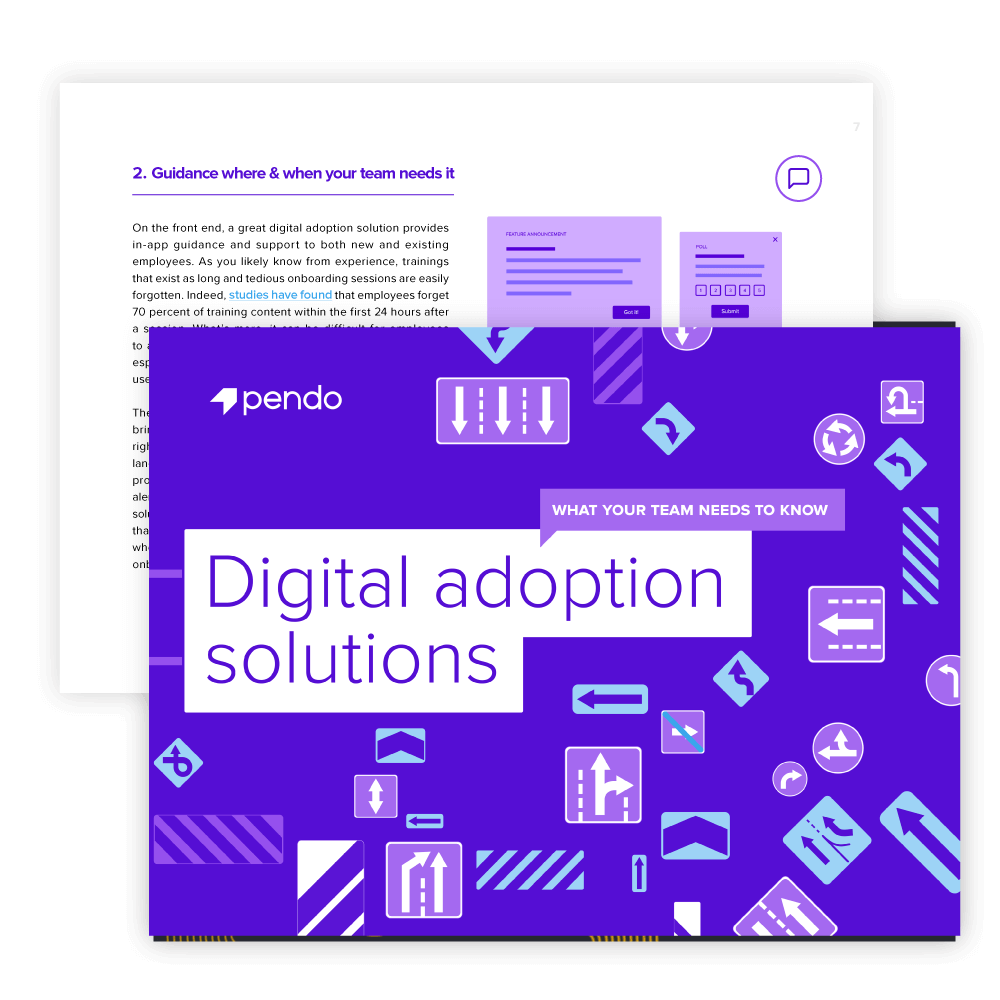
Inhaltsverzeichnis
In a rush?
Download the PDF for later
Introduction: Software and the transformation of the workplace
“Over a year into the pandemic, digital adoption curves aren’t slowing down. They’re accelerating.” This was the trend Microsoft CEO Satya Nadella observed to the Wall Street Journal in May. Nadella is just one of many high profile leaders in the tech space to note the increasing importance and ubiquity of digital adoption in today’s workplace–and tomorrow’s.
Long before the pandemic shifted countless employees remote, a digital workplace transformation was well underway. Managers and teams increasingly rely on software to meet the evolving demands they face. Companies now use more–and spend more on–software than ever before. The number of apps companies use increased 30 percent from 2018 to 2020, and the amount they spend on software as a service (SaaS) products grew by 50 percent over the same period.
Yet while companies are investing now more than ever in software, they’re not making the same investment in ensuring their teams get the most value out of it. Indeed, employees’ levels of discomfort and dissatisfaction with software are disappointingly high. What’s more, they contrast sharply with managers’ perceptions of how employees feel. IBM, for example, has found that while 74 percent of employers said their organization was helping employees adapt to new ways of working, only 38 percent of employees felt the same.
This is where the right digital adoption solution is crucial. The best solution allows companies to onboard employees faster, provide better and more immediate support within apps themselves, and drive compliance and governance. It also maximizes both employee productivity and the return on investment teams get from their internal software suite. In what follows, we’ll outline the hallmarks of a great digital adoption solution and how teams can leverage these tools to bring about successful digital transformation.
What the right solution looks like
At its most basic level, a digital adoption solution is a software that lies on top of other software products or apps and helps users gain optimal fluency and proficiency within and across them. At the same time, it provides change management teams, IT leaders, and other interested parties with robust analytics that can both inform their initial digital adoption roadmap and further optimize plans once they are underway.
The best digital adoption solutions boast simple, intuitive, easy-to-use experiences and interfaces in order for people of all technical levels to feel comfortable with them. They should be just as intuitive and simplified on the back end, offering teams the ability to manage data and feedback from a central location rather than having to constantly move back and forth between various tools and dashboards. Remember: The purpose of a digital adoption solution is to make sure your company is realizing the full value for the software it purchased for its teams. The last thing a solution should do is itself become the kind of shelfware companies seek to minimize, thereby making the problem it was purchased to address worse.
5 essential elements of a great digital adoption solution

1. An analytics-led strategy
In-app guidance is an essential element of a digital adoption solution, but how should teams best use it? In other words, how do they figure out which problems to prioritize? After all, it would be both infeasible for employers and alienating to employees to create guides for every feature of every software app.
The most successful digital adoption plans are those that account for existing employee behavior and meet teams where they are. The right digital adoption solution should provide comprehensive behavioral analytics in order for change managers and strategists to see how employees are spending their time within and across apps. Identifying the most common paths and workflows allows them to glean insights to inform the best digital adoption roadmap. Robust analytics also lets them identify pain points and areas of friction, which is crucial to determining which guides to prioritize and how to best support teams at any given moment.
Once these initial priorities have been executed, teams can return to analytics in order to quantify how well their strategy is working. That may mean looking at how much a training has reduced the time spent on a specific workflow or feature use. It could also mean measuring the drop in support ticket requests related to said workflow or feature.
The best digital adoption solutions let companies take an analytics-informed approach in order to best understand how work happens. It’s no surprise that a recent Everest Group report considered analytics as “forming the backbone of key business decisions.”
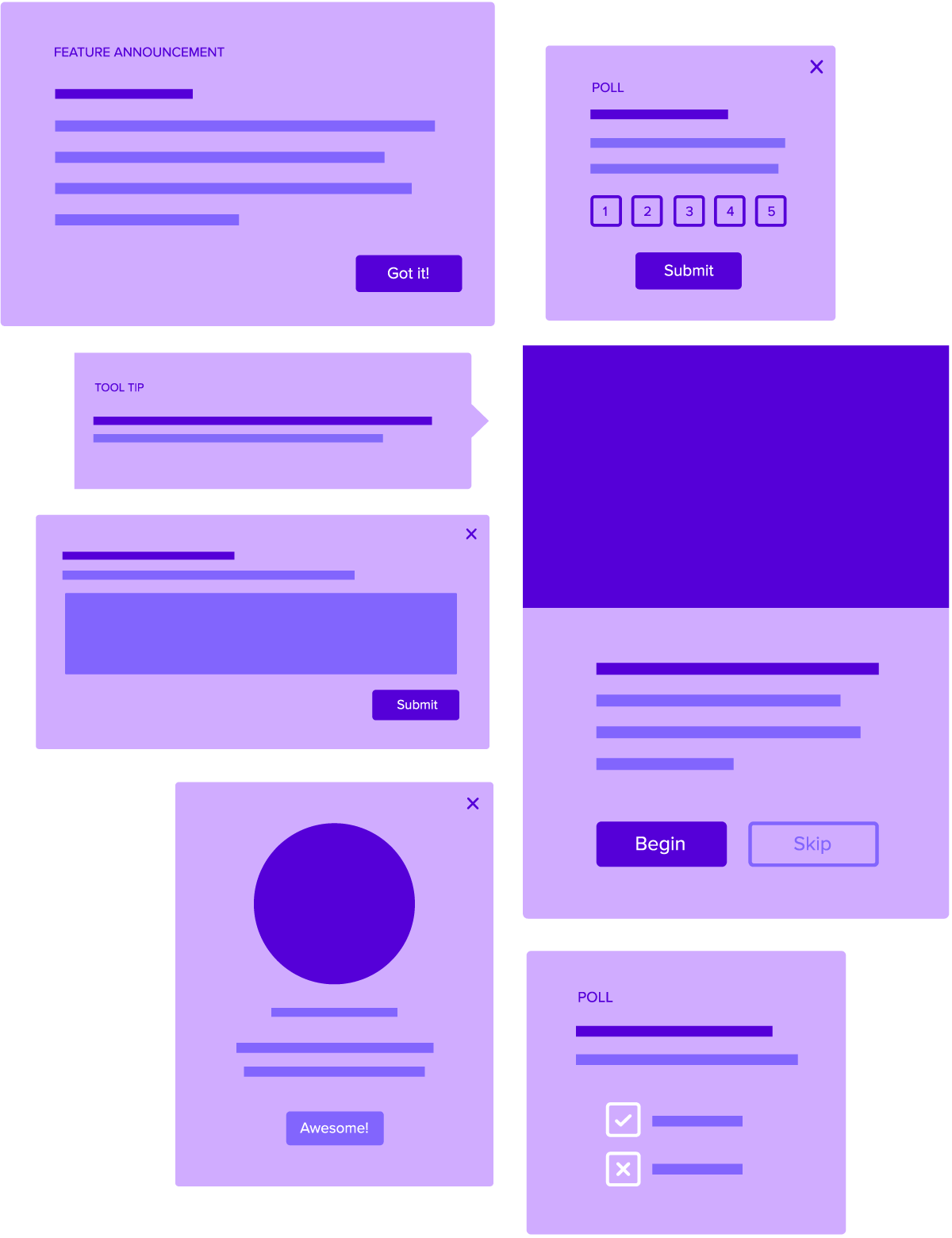
2. Guidance where and when your team needs it
On the front end, a great digital adoption solution provides in-app guidance and support to both new and existing employees. As you likely know from experience, trainings that exist as long and tedious onboarding sessions are easily forgotten. Indeed, studies have found that employees forget 70 percent of training content within the first 24 hours after a session. What’s more, it can be difficult for employees to access the information they need farther down the line, especially at a time when the number of software tools they use is increasing–and increasingly customizable.
The best digital adoption solutions solve this problem by bringing the right guidance to the right employee at the right time, not just within a tool, but across the entire change landscape. Whether it’s driving the adoption of a new feature, providing contextualization for a custom field, or sending alerts to enforce compliance in a given area, a digital adoption solution allows for customized support. What’s more, it ensures that that support stays top of mind for your team members, whether they are brand new employees just beginning their onboarding journey or long-tenured employees.
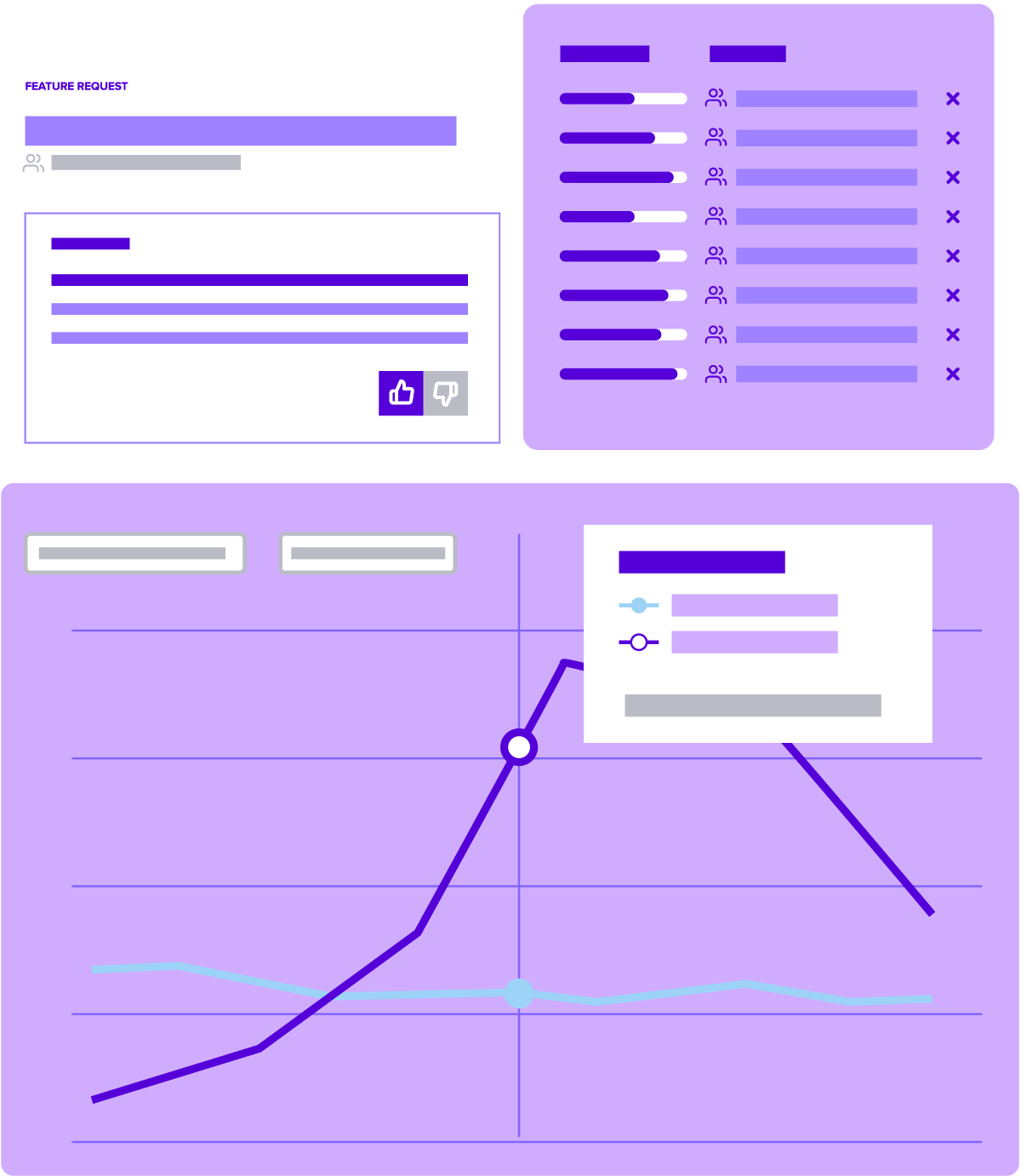
3. Feedback management to ensure employees’ voices are heard
Just as leveraging analytics is essential to building the right digital adoption strategy, collecting and acting on employee feedback is essential to a successful continued rollout. If your strategy is imposed from the top down and only includes a one-way line of communication, it will almost certainly fail. Instead, it’s important to gauge how well guides, processes, and the software itself are addressing employee wants and needs. Tools such as in-app polls and surveys help make change a two-way process. By proactively providing feedback, employees will be giving their companies important insights into what’s working and what’s not.
Of course, feedback is only as valuable as the actions you take based on it, so it’s important for change managers to ensure that employee thoughts and concerns aren’t getting lost in the noise. The best digital adoption solutions help teams do this by providing active feedback management systems. Among other things, these systems allow managers to tailor guidance to users based on their feedback, including running experiments on which set of guidance is more effective. This also lets employees know their feedback is not going unheard.
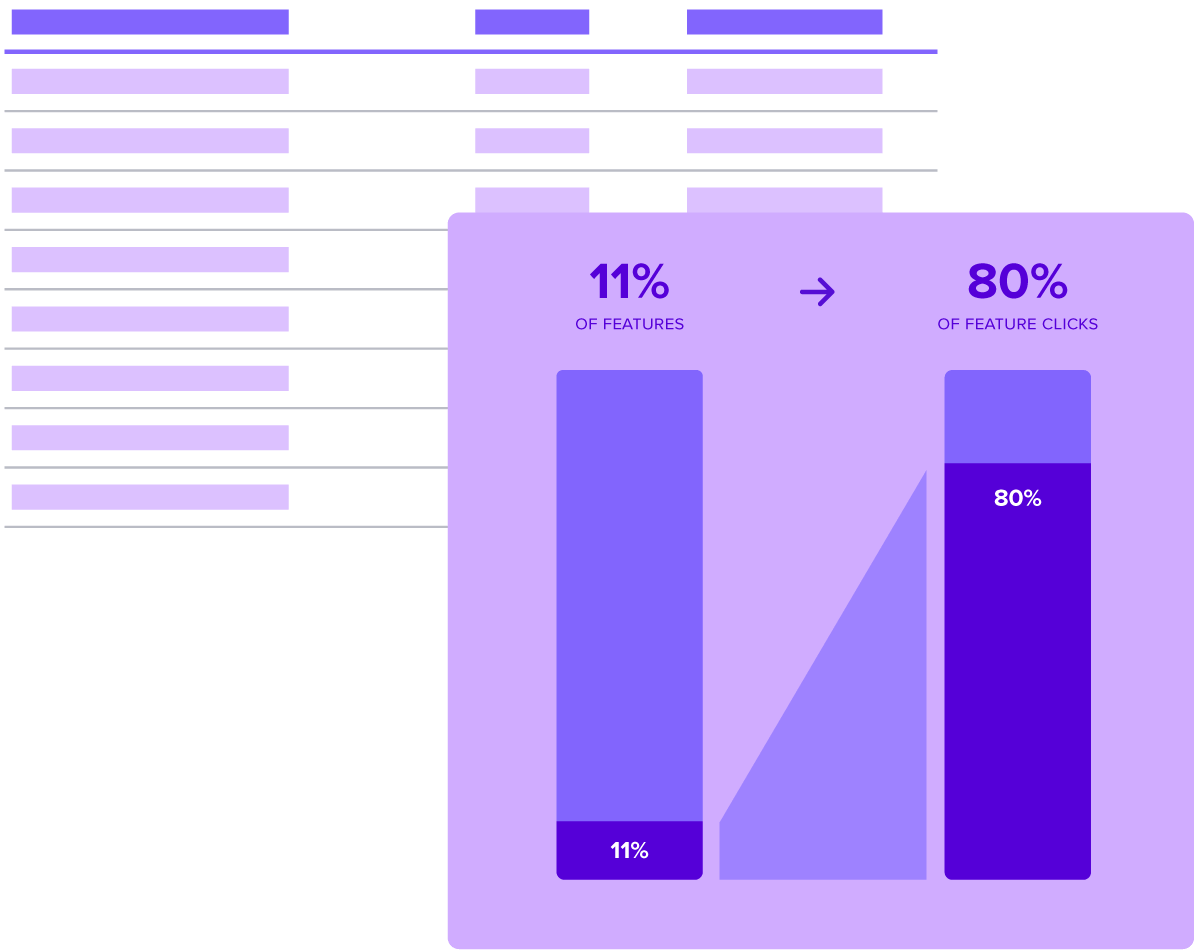
4. Maximum ROI on your IT portfolio
The right digital adoption solution serves a clear business need of maximizing the return on investment in software. For IT professionals, then, a digital adoption solution shouldn’t be assessed by the success of any one guide within an app, but rather by how it helps them drive adoption of the full array of functionality that the software a company pays for provides.
A large and diverse internal app suite poses real challenges for IT in general and chief information officers in particular. To start, many teams are paying for more than what they need. As of 2020, the average company now has 3.6 duplicative apps –apps that provide the same functionality and serve the same purpose–an increase of 80 percent year over year. This not only means that companies are increasing wasteful spending on SaaS products, but also that they hurt their bottom line in other, more indirect ways by doing so.
Duplicative apps can lead to employee confusion over which is the right one to use for a given task–and thereby contribute to workplace anxiety and dissatisfaction. These apps also create a needless hassle for IT teams, who are forced to answer support ticket requests that shouldn’t have been generated in the first place. Not to mention different teams may use different apps for the same tasks, leading to vastly different processes that reduce transparency and hinder synergies that could otherwise develop among teams.
The right digital adoption solution should help teams identify and eliminate duplicative apps where they are present. Once these apps are done away with, IT professionals should focus on deriving the most value from those that remain–which means utilizing the full set of features your internal suite offers. Imagine if a company used, say, Microsoft Excel to only do basic math within cells, rather than for complex financial formulas, chart and graph building, and the countless other features it offers. It would be nowhere close to maximizing its ROI on that application.
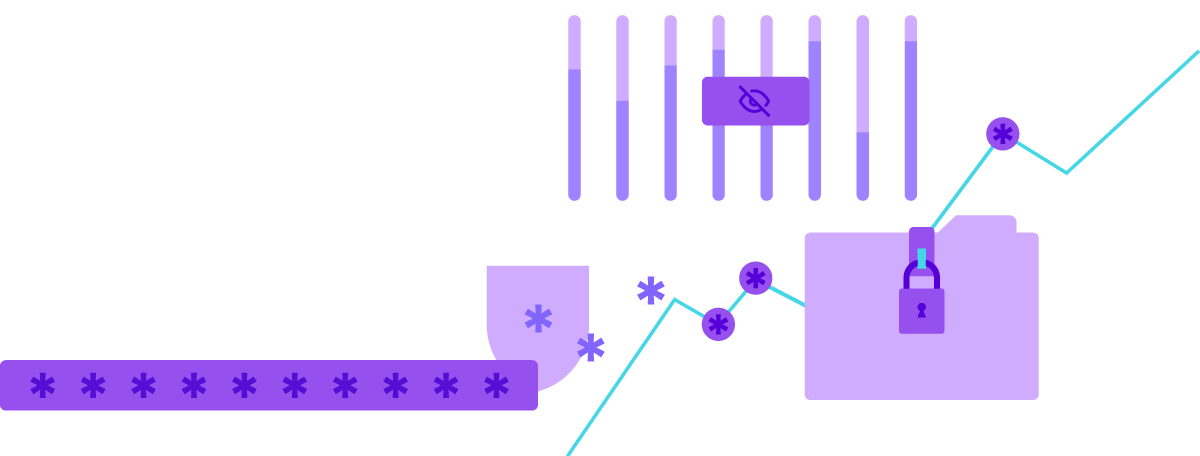
5. Optimized security and compliance
As employees grow increasingly comfortable and adept with the software they use at work, it’s important to make sure they’re using it securely and in compliance with established guidelines and regulations. In this regard, the in-app guidance and analytics a great digital adoption solution provides is particularly helpful for chief information security officers (CISOs) and their teams.
The strong behavioral analytics an effective digital adoption solution offers lets security teams keep track of how well employees are executing tasks in the manner required. In turn, they can use in-app guidance and segmentation to target employees who may be out of compliance on a given task with reminders about (or even mini-quizzes on) best practices. Security teams can also use digital adoption solutions to contextualize compliance issues, adding explanations to relevant fields that explain what the correct way to perform a task or enter a data point is and why.
On the security front, keeping training and updates within the app lets employees take in bite-sized content that will be readily available if forgotten, and lets them do so in the place it’s most relevant. What’s more, a dynamic threat environment requires a dynamic solution. CISOs can use a digital adoption solution to deploy alerts to employees about a phishing scam or other security event in real time, within the app where the danger exists.
Solidify your competitive advantage
While this guide offers foundational concepts for change leaders to consider when leveraging a digital adoption solution, it’s important to remember that each successful case of digital transformation looks different. The workflows, synergies, and business processes a company develops are what constitute its competitive advantage in the market. The best use of a digital adoption solution should be firmly rooted in these practices. Done right, digital adoption will transform your company into the best version of itself, fixing what’s not working while making what is working it even better. The future of work is here: Are you ready to adopt the digital tools you need to meet it?